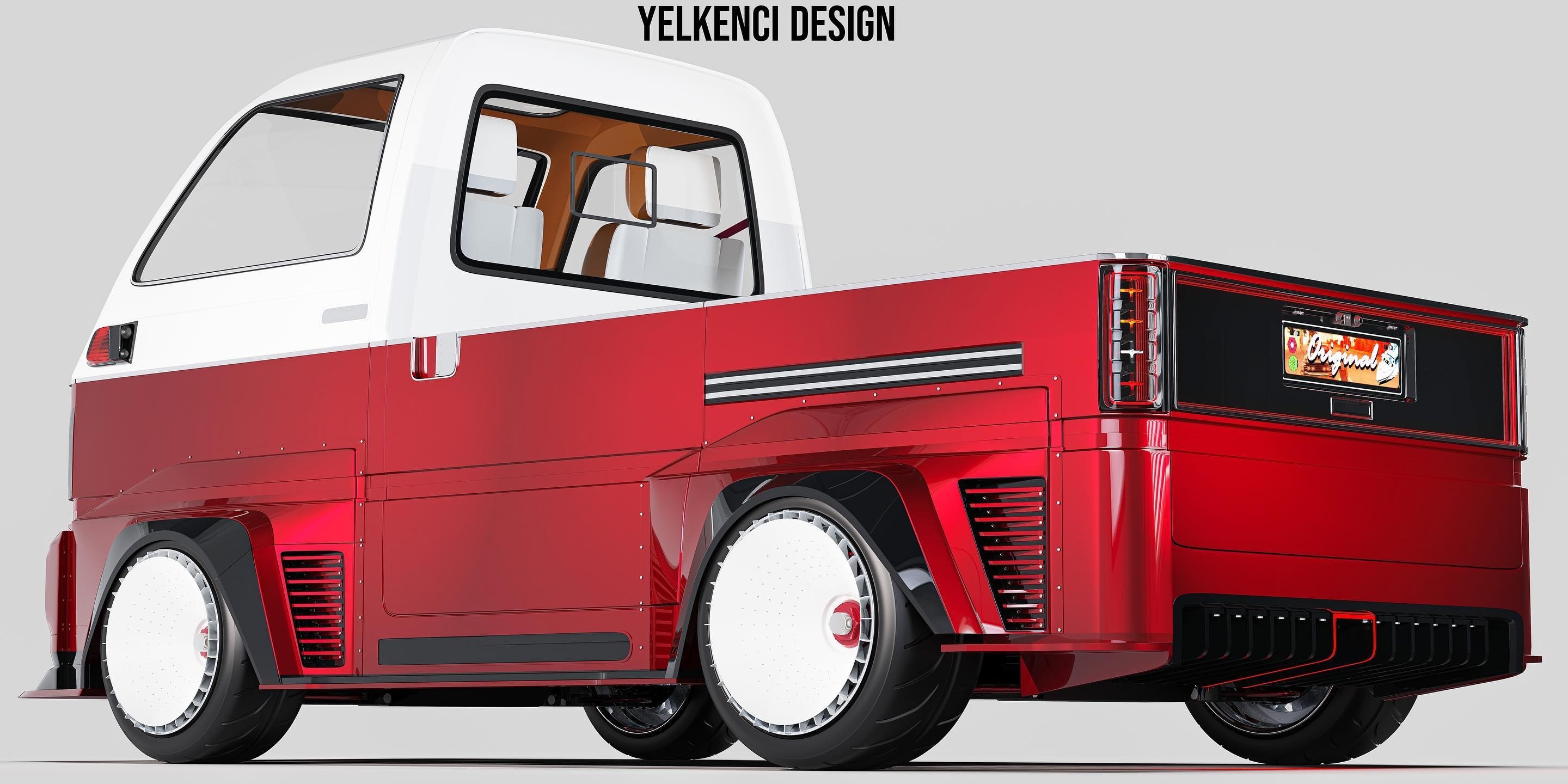Beginning with Changing Oil to Tire Maintenance: Maintenance for Kei Trucks Made Easy
Looking after a kei truck may feel intimidating at first, yet with the proper method and a bit of know-how, it can be a walk in the park. These miniature vehicles are not just useful for everyday use but additionally extremely versatile, suitable for everything from city driving to light-duty hauling. Grasping the fundamentals of kei truck maintenance can lengthen the life of your keicar and guarantee it continues to operate at its best.
Regular maintenance is a key element in maintaining your kei truck in good condition. Simple tasks like oil changes, tire inspections, and brake checks can create a notable improvement in the overall health of your keicar. In this manual, we will explore simple tips that will assist you keep up with your kei truck maintenance, ensuring that it stays reliable and efficient for years to come. Whether you are a experienced truck owner or a newcomer to the kei truck community, these helpful tips will empower you to tackle maintenance with confidence.
Essential Oiling Tips

Routine oil changes is essential for maintaining your kei truck functioning well. It's suggested to replace the oil every between 3,000 and 5,000 miles or every half a year, whichever occurs first. Monitoring the oil level regularly and monitoring its appearance and consistency can assist you determine when it's time to swap out it. If the oil appears dark or contaminated, it's a note that it needs to be changed.
When swapping the oil, always utilize the type of oil recommended in your kei truck's owner manual. Using the appropriate oil guarantees best engine performance and durability. Make sure to change the oil filter with all oil change as well, as a fresh filter assists keep pollutants from moving in your engine. It's a smart practice to gather all essential tools and materials ahead of time to facilitate the process.
After replacing the oil, remember to safely get rid of the used oil and filter. Many auto parts stores and recycling centers have oil disposal services. Keeping your kei truck's engine properly lubricated with new oil not only improves fuel performance but also increases the life of your vehicle, thus making regular oil changes an integral part of maintenance.
Tyre Care Essentials
Caring for the tires of your small truck is important for guaranteeing optimal performance and safety. Regularly check the tyre pressure to prevent underinflation or high pressure, which can impact handling and fuel efficiency. It's wise to use a dependable pressure gauge and adjust the pressure according to the manufacturer's recommendations outlined in the owner’s manual or on the vehicle door. Keeping tires correctly inflated not only enhances safety but also prolongs the lifespan of your tires.
In addition, visual inspections should be a routine part of your maintenance. Look for signs of wear and tear, such as irregular tread wear, cracks, or bulges. Any visible damage can compromise the integrity of the tyre and increase the risk of blowouts. Rotate your tyres regularly to promote even wear, especially if you see distinct patterns in tread wear. This habit prolongs the life of your tyres and helps maintain consistent traction.
Finally, consider aligning and balancing your tyres to improve handling and avoid premature wear. Misalignment can lead to uneven tire wear and impact steering precision. If you notice your steering wheel shifting to one side or a vibration while driving, it may be necessary for a expert inspection. Proper tire maintenance not only keeps you safe on the road but also guarantees that your light truck delivers its optimal performance for years to come.
Common K Truck Fixes
One of the most common repairs for kei trucks involves the braking system. Because of their small size and lighter weight, kei trucks experience specific braking demands. As time goes by, brake pads can deteriorate quickly, leading to reduced stopping power. Regular brake inspections and timely replacement of worn components are crucial to ensure safety and performance.
Additionally, another common issue involves the suspension system. Kei trucks typically face rough road conditions, which can cause the deterioration of shock absorbers and other suspension parts. If you observe excessive bouncing or a change in handling, it may be time to inspect the suspension. Tackling these issues early can prevent larger repairs down the line.
Finally, electrical problems can emerge in kei trucks, particularly as they age. Problems with the battery, alternator, or wiring can result in starting difficulties or malfunctioning lights. Routine electrical system checks will help spot and fix these problems before they escalate, ensuring your kei truck remains reliable on the road.